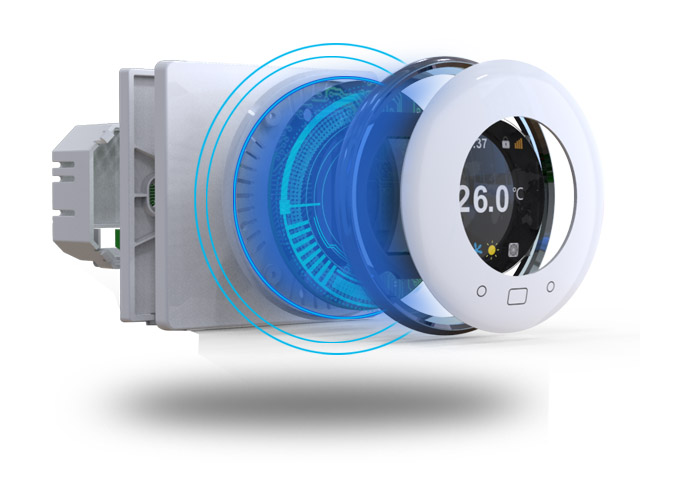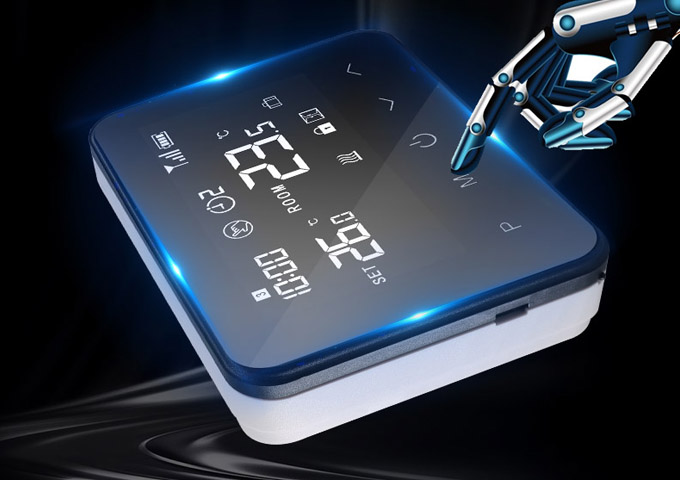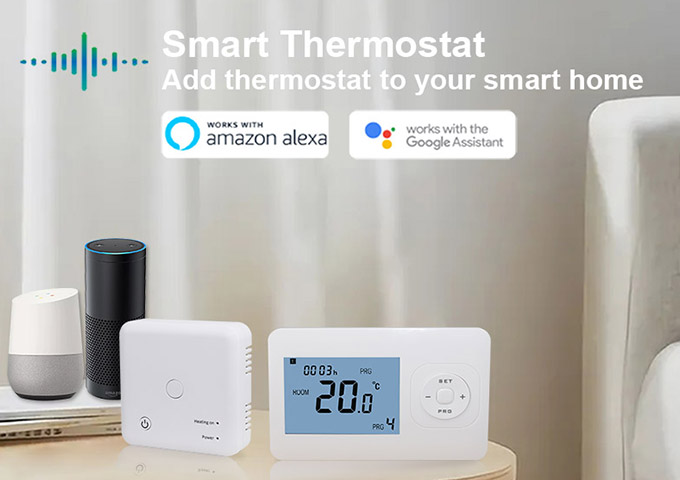Never miss an offer or update. You can unsubscribe at any time.
 The development trend of thermostats in 2022
The development trend of thermostats in 2022
 Smart Programmable Thermostat Benefits
Smart Programmable Thermostat Benefits
 Take you to indeed understand the room thermostat
Take you to indeed understand the room thermostat
 Address:No.6 of Tong'an Industrial Park, Meixi Rd,Tong'an District, Xiamen China 361100
Address:No.6 of Tong'an Industrial Park, Meixi Rd,Tong'an District, Xiamen China 361100 Phone:+86 0592 6155792
Phone:+86 0592 6155792 Email:info@etopcontrols.com
Email:info@etopcontrols.comNever miss an offer or update. You can unsubscribe at any time.

